Date and time
2Choose a doctor
3Make an appointment
Date and time
2Choose a doctor
3Make an appointment
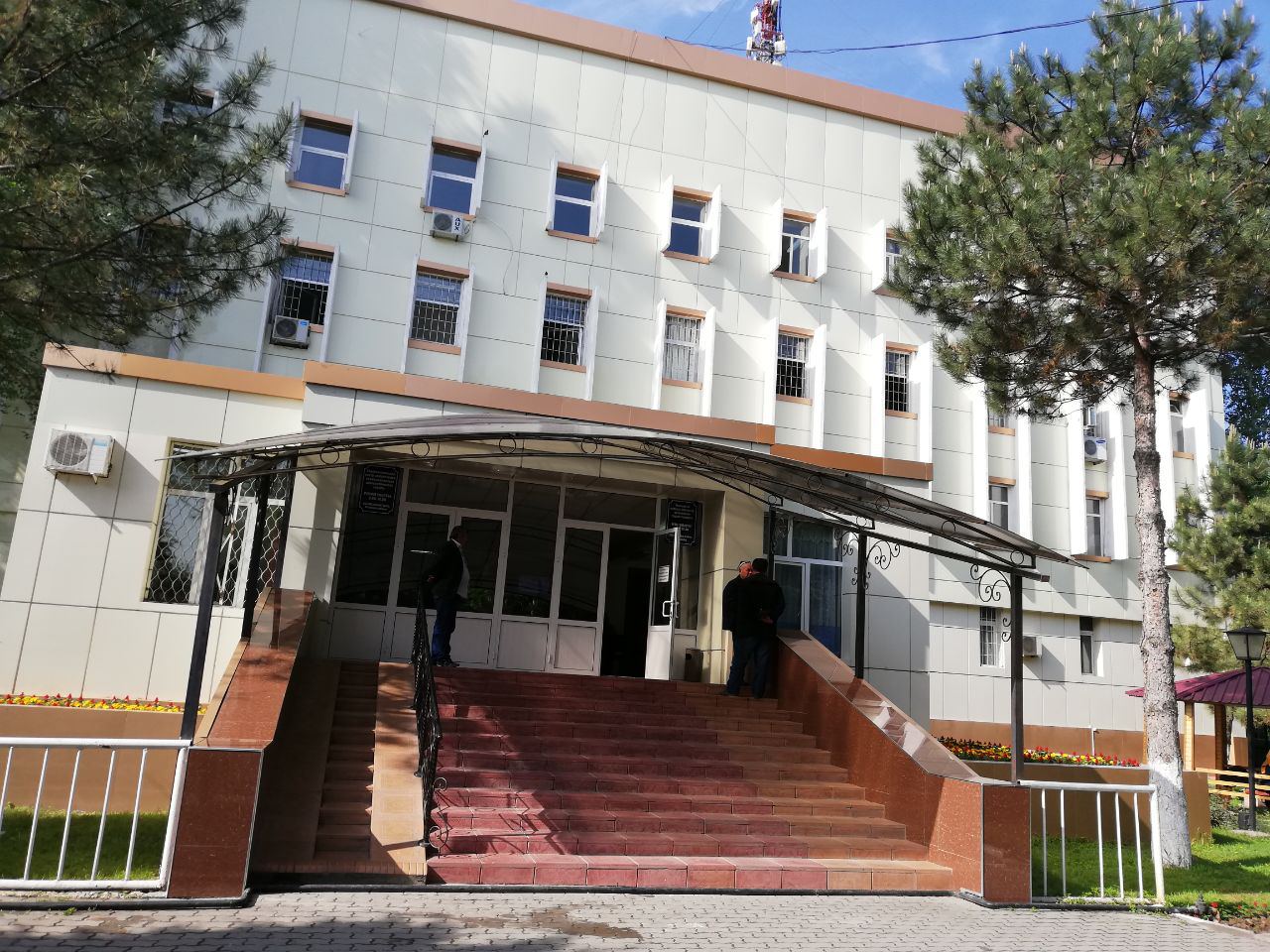
Outpatient Diagnostic - Hepatology Center is a structural unit of the Scientific Research Institute of Virology of the Ministry of Health of the Republic of Uzbekistan. In the outpatient diagnostic and hepatological center, infectious disease doctors, Ultrasound doctors (ultrasound) are receiving patients.
We are engaged in the diagnosis, prevention, treatment of various infectious diseases and their complications in children and adults.
Outpatient diagnostic - The Hepatology Center has modern equipment, a wide range of laboratory tests for viral infections performed in the laboratories of the Institute. There is also the possibility of sampling for various studies. High qualification of our specialists allows you to choose an individual approach in the management of patients with different pathologies.
The high level of quality of medical care, comfortable conditions for patients, convenient location of the institute are those factors that allow patients to receive qualified and timely assistance.
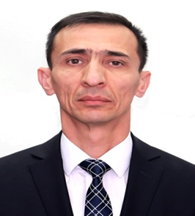
Head of Outpatient -polyclinic diagnostic - hepatologic Center
candidate of medical sciences
|
Institution |
Year of receipt |
Year of ending |
|---|---|---|
| student of the Bukhara State Medical Institute | 1992 | 1998 |
|
Institution |
Position |
years of work |
|---|---|---|
| Bukhara Medical Institute | resident | 1998 - 2000 |
| Infectious hospital of Bukhara region | physician- resuscitator, infectious diseases doctor | 2000-2003 |
| Infectious hospital of Bukhara region | Deputy Head Physician | 1996 - 1996 |
| Infectious hospital of Bukhara region | Head Physician | 1996 - 2005 |
| Scientific-Research Institute of Virology | Deputy Director on scientific work | 2005 - 2007 |
| Scientific-Research Institute of Virology | Head of Outpatient -polyclinic diagnostic - Hepatologic Center | 2007 - till now |
Main functions:
CONSULTATIONS OF DOCTORS -SPECIALISTS
ULTRASOUND DIAGNOSTICS
DAY HOSPITAL
Mode of operation
Phone
The reference laboratory provides quality control systems for manufactured and imported test systems for diagnosing HIV / AIDS, viral hepatitis B and C, provides a system for internal quality control, and conducts an external assessment of the quality of laboratory tests in practical diagnostic laboratories. in different regions of the republic. He constantly provides practical diagnostic laboratories with internal standards.
- External quality assessment (EQA) of diagnostic laboratories, dealing with diagnosis of HIV/AIDS, viral hepatitis B and C.
- Preparation of standard serum reference banks and internal standards for quality control of infections diagnosis.
- Evaluation of the quality of manufactured and imported diagnostic test- systems.
- Training Centre for laboratory specialists from all over the country.
. Annually, laboratory specialists are engaged in the programme of Virology course and programme of professional specialization of doctor-virologist.
- Providing the population with diagnostic services on Enzyme Immunoassay (EIA) and polymerase chain reaction (PCR) on self-supporting basis for diagnosis of viral hepatitis, TORCH infections.
- Scientific -Research study.
Reference laboratory for nearly 20 years has been the main institution, responsible for quality control system of diagnostics of parenteral hepatitis and HIV. Activities on external assessment of laboratory diagnostics quality, assessing the quality of manufactured and imported test-systems, testing and introduction of new methods of diagnosis and training of laboratory specialists have significantly improved the situation with diagnostics quality of parenteral hepatitis and HIV infection in Uzbekistan.
First programs of external assessment of quality (EQA) in early 2000-ies allowed revealing the dramatic situation with diagnosis of parenteral hepatitis and HIV on-site. Periodically held EQA programs allowed identifying sources of problems and proposing their solutions. So, the first EQA program pointed out a significant problem in provision with equipment, subsequent program identified a number of problems with the provision and use of test systems, further program detected a significant role of the staff in providing quality of diagnostic services. Based on the results of these programs, measures were taken, aimed at equipping with new equipment, purchasing of new test systems and staff training. These activities enabled to raise the quality of diagnosis of HIV-infection from 60-70% to 100%, viral hepatitis -up to 95% or more. To date, the annual program of EQA includes more than 100 laboratories, including private laboratories too.
For provision of quality control of imported and domestic test systems, national reference panel was developed. Use of this pane in close cooperation with the Committee for the quality control of medicines and medical equipment has enabled to increase the quality of test systems in the country considerably and allows maintaining the quality at the proper level.
Thanks to the work of professionals of Reference Laboratory in the Republic of Uzbekistan, all possible methods of diagnostics of parenteral hepatitis and HIV infection are established and used. For example, in the mid-2000-ies, advanced at that time enzyme immunoassay method (EIA) became routine, the same thing happened with the polymerase chain reaction (PCR) at the beginning of the second decade. At the moment, use in practice of the genetic analysis method expands.
Special contribution of Reference Laboratory in well-being of the population of the Republic of Uzbekistan is the fact that the laboratory is a training center for laboratory specialists from all over the country. Every year at the Department of Infectious Diseases of the Tashkent Institute of Postgraduate Medical Education involves more than 100 specialists in the syllabus of Virology and the program of professional specialization, virologist physician, as well as a large number of professionals are trained on the basis of the individual curriculum. The laboratory can proudly declare that the specialists of virological laboratories of Uzbekistan have been trained in reference laboratories. Thus, an integrated approach to provision quality of laboratory diagnosis of parenteral hepatitis and HIV infection, practiced by Reference Laboratory, allows covering virtually all aspects of laboratory services and allows improving the quality of rendered services to the population of the Republic of Uzbekistan.
Office hours:
|
Tashkent city, Yunusabad, 3 block, Yangishahar str. , 7а |

Head of Reference Laboratory
Candidate of Medical Sciences
| Education | Year of receipt | Year of ending |
|---|---|---|
| Tashkent Pediatric Medical Institute | 1989 | 1995 |
|
Tashkent Medical Institute of the Ministry of Health of the Republic of Uzbekistan Faculty of Hygiene
|
1978 | 1994 |
| Working experience | Position | Period of work |
|---|---|---|
| Research Institute of Epidemiology, Microbiology and Infectious Diseases of the Ministry of Health of the Republic of Uzbekistan | Junior researcher | 1984 - 1994 |
| Research Institute of Epidemiology, Microbiology and Infectious Diseases of the Ministry of Health of the Republic of Uzbekistan | Senior researcher | 1994 - 1995 |
|
State Center for Expertise and Standardization of Medicines and Medical Equipment
|
Head of laboratory | 1995 - 2004 |
| Department of Education Development of the Ministry of Economy of the Republic of Uzbekistan of the Ministry of Health of the Republic of Uzbekistan | specialist, leading specialist, chief specialist | 1998 - 2004 |
|
Reference Laboratory of the Ministry of Health of the Republic of Uzbekistan
|
Deputy Director | 2004 - 2012 |
| Reference Laboratory of the Ministry of Health of the Republic of Uzbekistan | Head | 2012 - up to now |
Mode of operation
Phone

Director of the Research Institute of Virology, Ministry of Health of the Republic of Uzbekistan
Doctor of Medical sciences, Academician

Deputy Director - chief physician of the clinic
Professor, Doctor of Medical Sciences
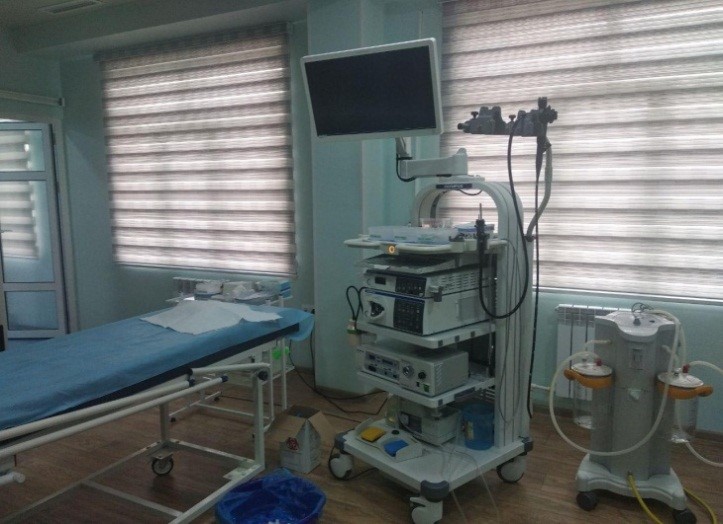
Endoscopic study is an effective way of diagnostics, which allows performing detailed examination of the mucous membrane and full assessment of the condition of the intestine and it is the only method for detection malignant tumors at an early stage. Endoscopy allows "catching" these insidious diseases at the very beginning, when successful and low-trauma treatment is possible.
Indications for ESOPHAGOGASTRODUODENOSCOPY
Diseases of the esophagus:
Gastroesophageal reflux disease (GEPD);
Diseases of stomach and DUODENUM:
Determining the source of gastric bleeding;
Long-lasting abdominal pains upper;
Confirmation of malignant process in the esophagus, stomach, and DUODENUM.
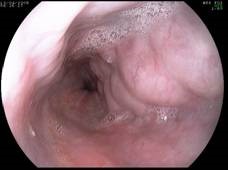
Gastric varices
Videocolonoscopy- effective and accurate method of endoscopic examination of rectum and large intestine. Allows assessment of the large intestine. Prevention of tumor changes.
Indications for Videocolonoscopy
VIDEOCOLONOSCOPY WITH SEDATION (MEDICATION SLEEP) - modern method of instrumental studies for the diagnosis of pathological conditions of the colon and rectum. Allows assessment of the condition of the large intestine. Prevention of tumor changes.
Colonoscopy is performed only for diagnostic purposes, when there is evidence. Nevertheless, if the patient has already undergone intestinal surgery or pathology, he will conduct preventive examinations every 3-5 years. After 50 years, each person must comply with this frequency to prevent the development of colon cancer. However, if someone in the family has already suffered from oncopathology, periodic medical examinations should begin 10 years earlier than the standard term.
BIOPSY IN ENDOSCOPY WITH SUBSEQUENT HISTOLOGICAL STUDY
During the procedure, tissue of examined organ is sampled. Later, a piece of biological material undergoes histological and Histochemical laboratory study for further diagnosis.
Useful information for the patient
The quality of modern colonoscopy is ensured by:
effective preparation of the patient for the examination procedure, used by the endoscopist.
Also the presence of modern endoscopic equipment.
Examination of the colon requires careful preliminary preparation, causes most people to feel constrained, awkward, and fearful, with a widespread misconception that this is a rather painful examination. However, modern endoscopic equipment and the experience of the endoscopist doctor allow the patient to undergo this examination quite comfortably and without pain. Currently, it is possible to immerse the patient in a drug sleep (sedation) during a colonoscopy. This reduces the patient's anxiety, and for many years it is widespread in other countries. Remember how before most people, before the widespread use of anesthesia, were afraid to visit the dentist. Now people are no longer afraid to treat their teeth and without fear come for preventive examinations.
There are two main stages of preparing a patient for colonoscopy:
The patient should understand that the results of the study depend on compliance with the recommendations of the doctor to prepare the intestine for examination: if the intestinal contents remain in the intestinal lumen and cannot be washed and removed during the colonoscopy, it is impossible to fully examine the entire surface of the colon, you can skip polyps and even cancer.
Video colonoscopy at the moment remains the most informative method for diagnosing diseases of the colon. Video capsular diagnostics was originally developed for the study of segments of the small intestine that are not available for research with gastroscopy and colonoscopy. Diseases of the small intestine are quite rare, so there are some infrequent indications for examination. Then a similar capsule was developed for colon examination. At the moment, video capsular colonoscopy is inferior in its capabilities to the gold standard of endoscopic colonoscopy: the capsule is uncontrollable, cannot remove residual contents, and it is not possible to perform a biopsy and endoscopic surgery (removal of polyps and early colon cancer). Perhaps in the future it will replace the standard colonoscopy.
In accordance with international standards, photographic results of the colonoscopy should be carried out - to photograph the standard positions of the colon in various segments and the identified changes that we make to each patient. I do not think that there should be a video of the entire examination. An endoscopist would have to spend much more time studying the results of previous studies before colonoscopy. I assure you, studying pictures of a high-quality colonoscopy is quite enough. In addition, none of the clinics has such large servers (electronic information stores) for storing video recordings of all examinations.
Ultrasound
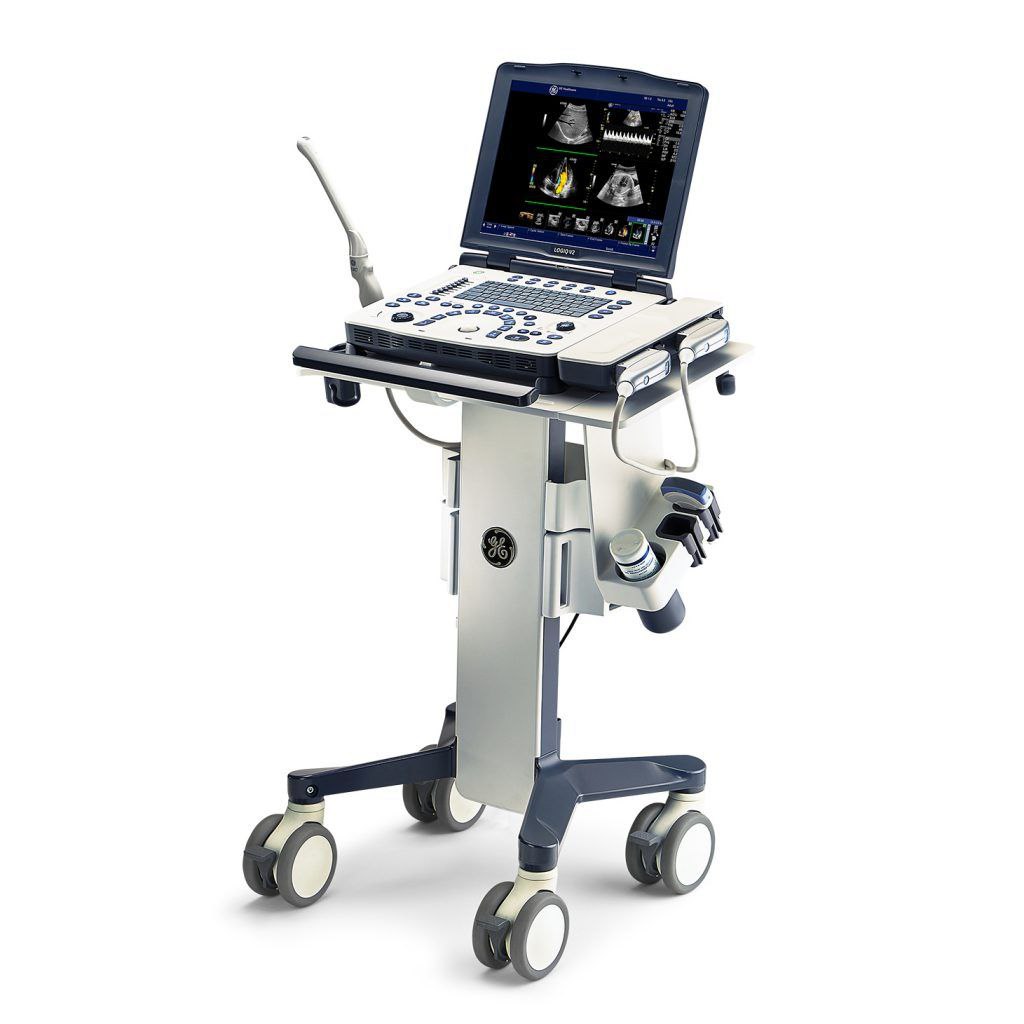
X-ray
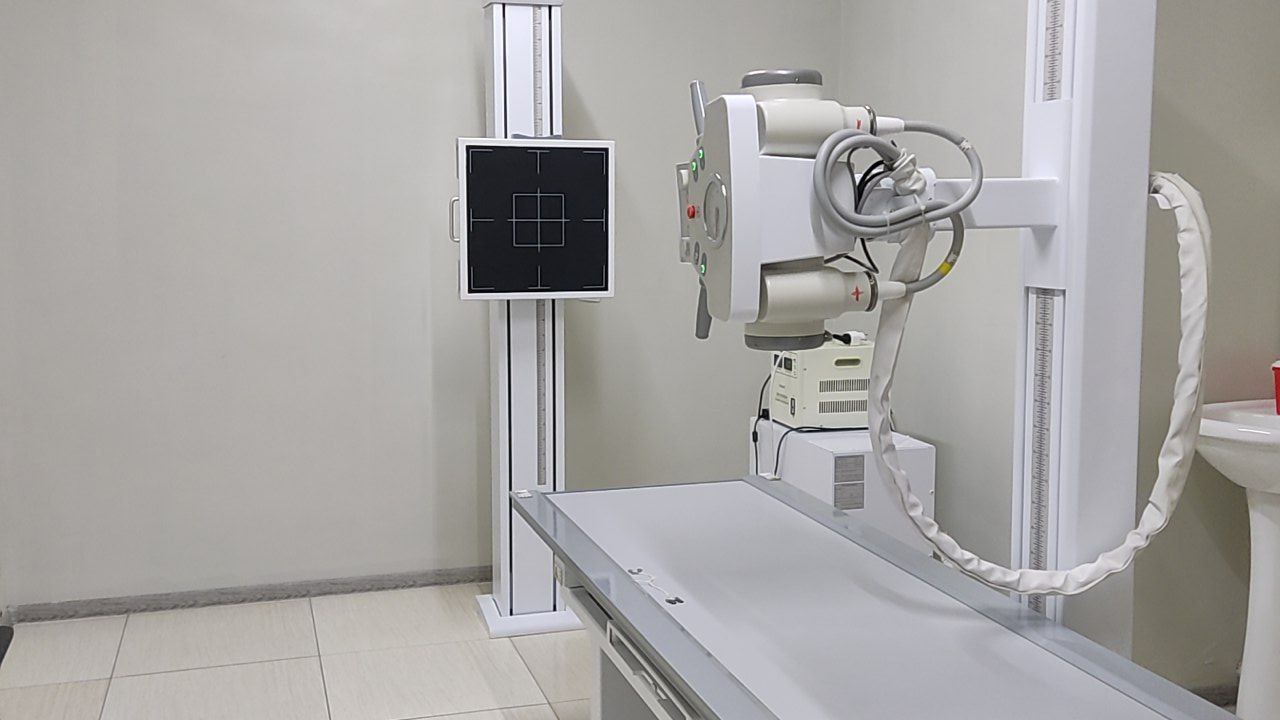
MSKT

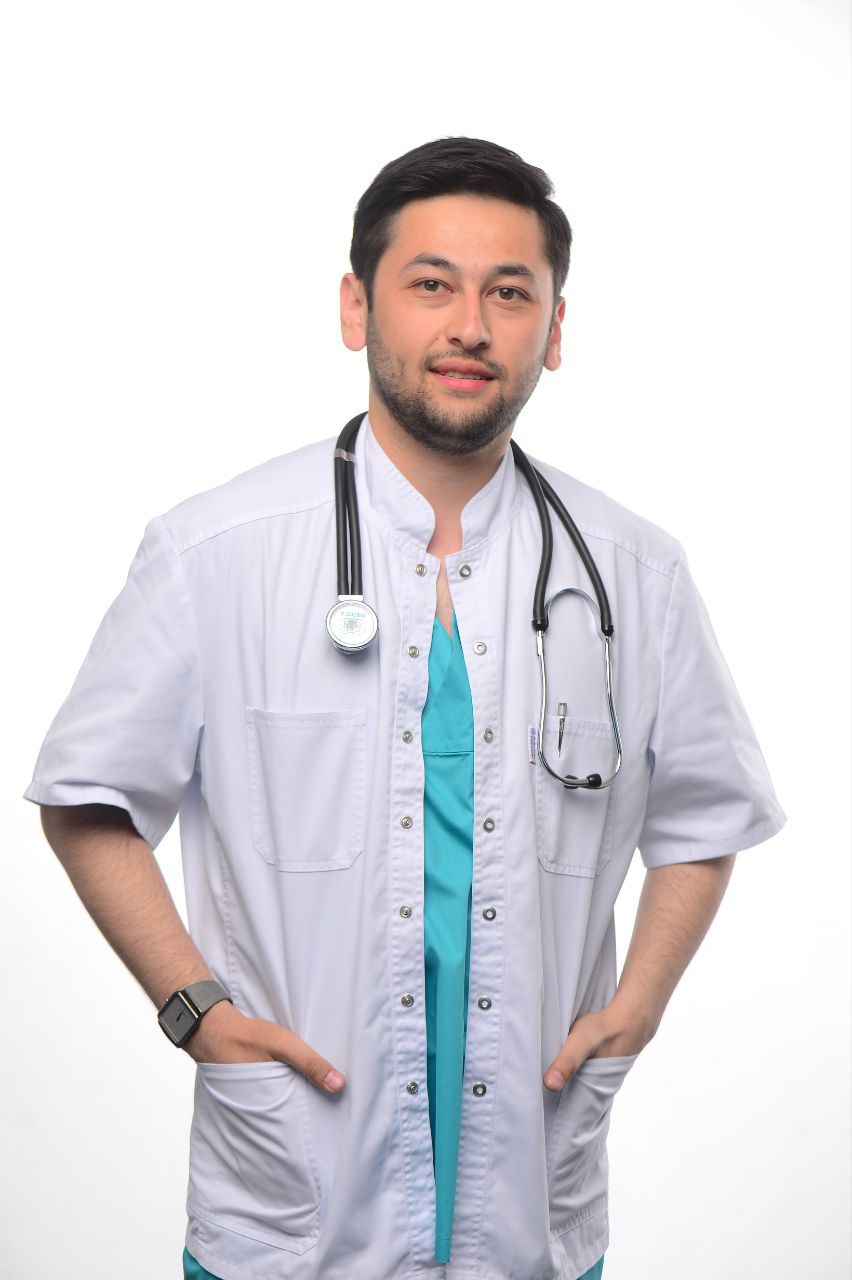
Umurzakov Bekzod Kamolovich
X-ray doctor, radiologist